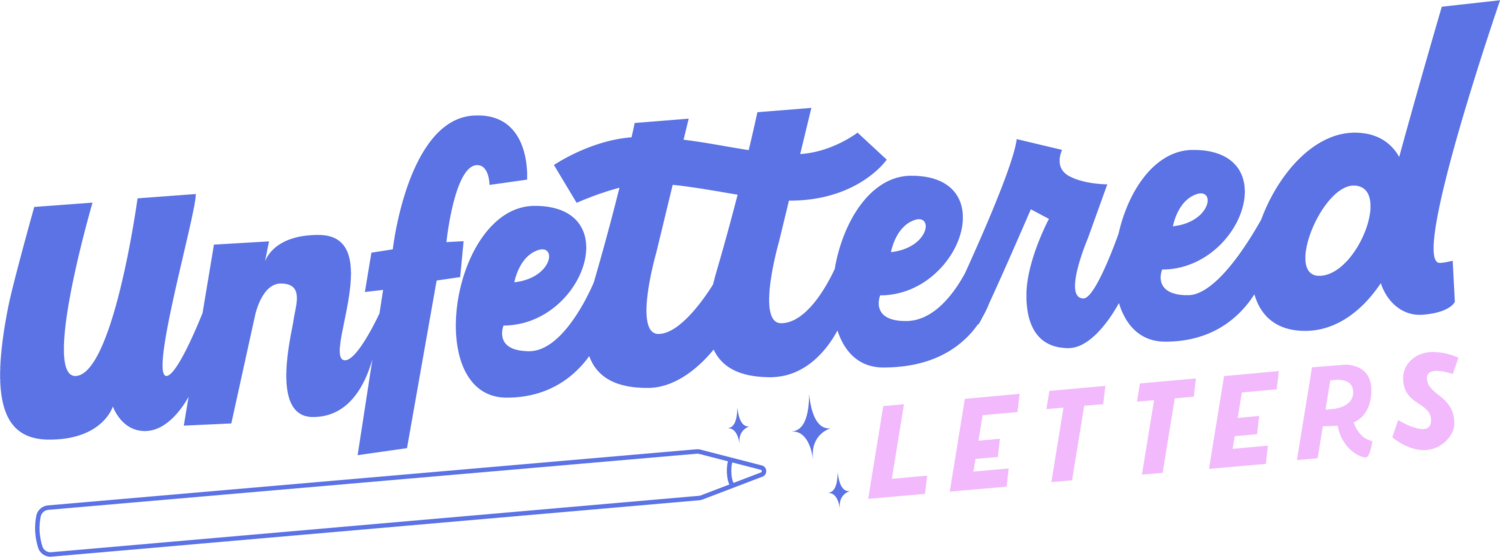How to Use IG Stories for Effective Audience Research
As a creative, you probably didn’t go to school for things like formal market research skills.
But just like ANY type of business owner, you need to know your audience super well in order to effectively promote your offerings.
Let’s skip the part about their favorite Netflix binge and how they take their coffee though. For effective marketing, you need to know these 3 essential things:
What’s their most burning problem that you can solve? (So you can position your offerings to help their exact problem, and use the same words they do to describe it)
What do they think their options are to solve it? (Do you need to educate them more on a solution like yours existing in the first place, or more on why yours is better than your competitors’?)
What’s their preferred format to solve it? (This will help you come up with the best offering possible - a live coaching group vs. a pre-recorded online course, for example)
The good news: you can use the tools you already know to get these valuable insights from your ideal clients/customers to improve your messaging.
Let’s take a look at 3 ways you can use Instagram stories to conduct effective audience research:
1. Polls
The Poll sticker lets your audience vote on something, given 2 options.
👉🏼 USES:
Ask a Yes/No question to validate your assumptions about your audience’s pain points or struggles
Show images of 2 product/design options, and ask your audience which one they like better (or which one they would buy)
Get a feel for the segments in your audience by asking which camp they fall into (i.e. professionals vs. hobbyists)
Polls can be great for a quick gut check on what your audience prefers. They can help you choose which freebie or product to focus on next, tailor a design to what you know people want to buy, or just give you more insight into how your audience feels about their current challenges.
2. Quizzes
In this case, we're not using the actual "quiz" functionality of this features (i.e. with right/wrong answers). Instead, this sticker just lets you ask your audience a question with more than 2 choices.
👉🏼 USES:
Ask your audience which option best describes them when it comes to a problem you solve
List out ideas for new freebies or products to see which one your audience likes best
See what your audience is struggling the most with when it comes to the problem you solve
Ask about specific language you want to use in your marketing to see what resonates most with your audience
The benefits of Quizzes are really similar to those of Polls—you just get more options and more space to write longer text.
3. Questions
The Questions sticker lets you prompt your audience for longer, open-ended responses.
👉🏼 USES:
Ask your audience for any additional questions they have about a topic you’re posting about
Ask your audience to tell you what their ideal solution would be to the problem you’re trying to solve for them
Ask what topic they want more information on, or what topic they want you to cover next
Do a “fill in the blank” prompt to capture the exact words and language your audience uses to describe their feelings about the problem you’re trying to solve
Do an “AMA” (ask me anything) to learn more about what your audience is interested in learning from you
Questions are the most valuable kind of audience interaction, because you’re getting responses back in their own words. However, it also requires a lot more effort on your audience’s part to reply to an open-ended question rather than just tap a poll/quiz choice, so you generally will get less interaction from these. It’s good to do a balance of all the interactive features to make sure you’re maximizing your response rates.
One last note—remember that the value of the answers you get from these depends fully on whether the people interacting are actually your target audience. If you’re just starting out or if you’re pivoting your content focus, you may have a lot of followers who no longer fit your ideal client description. That’s okay! Just take the answers with a grain of salt and use them as a starting point until you attract a larger number of your target clients as your followers.
💥 What do you think of these strategies? Which one can you apply this week to get your audience research rolling? Leave a comment below to let me know!



